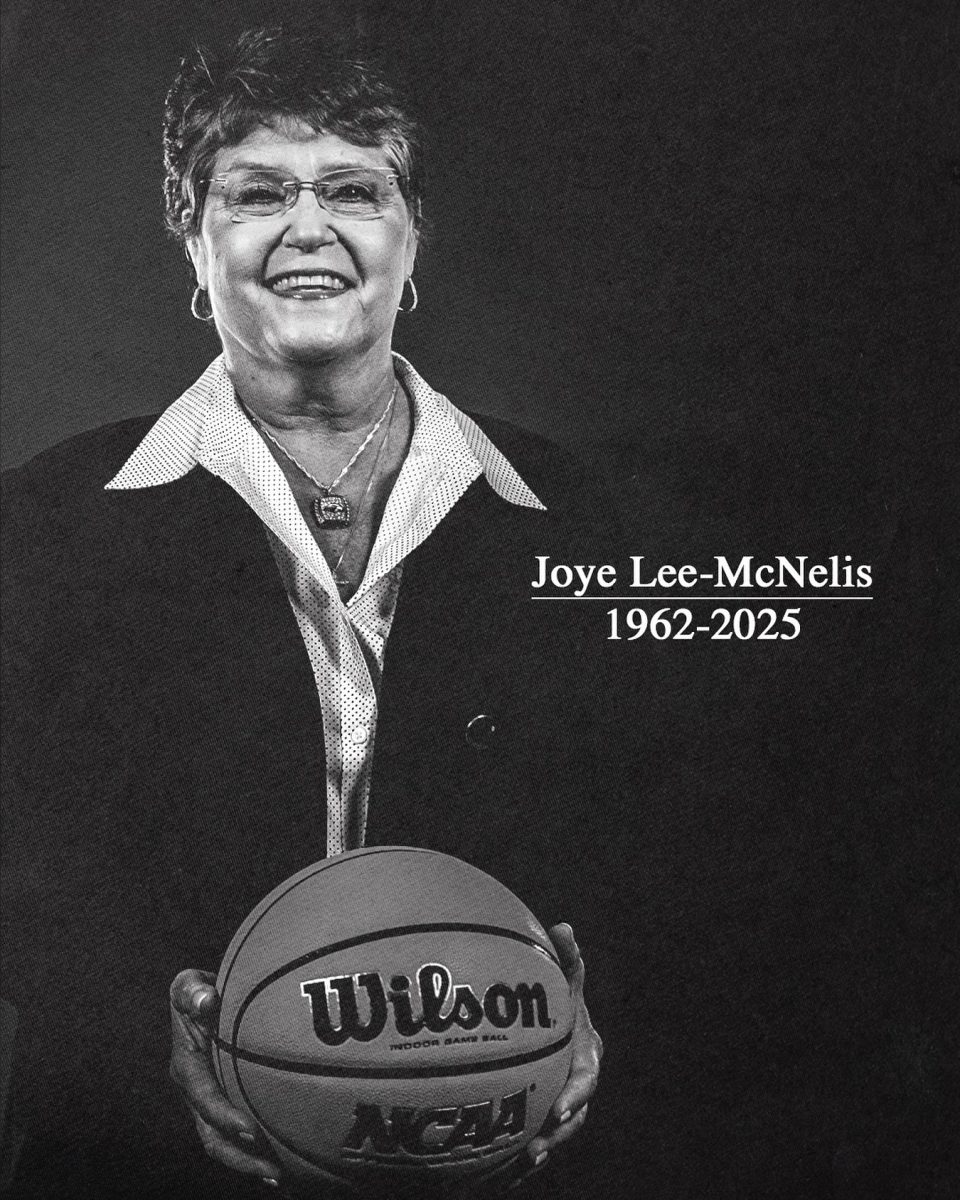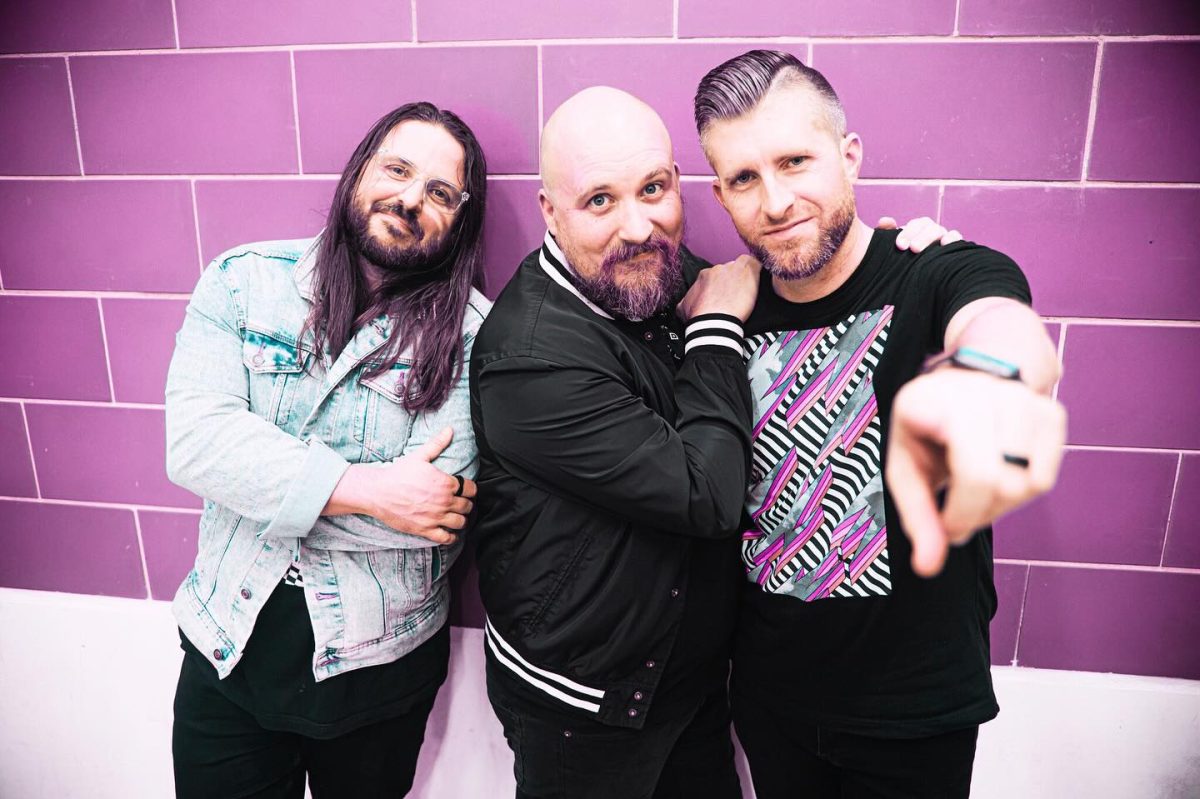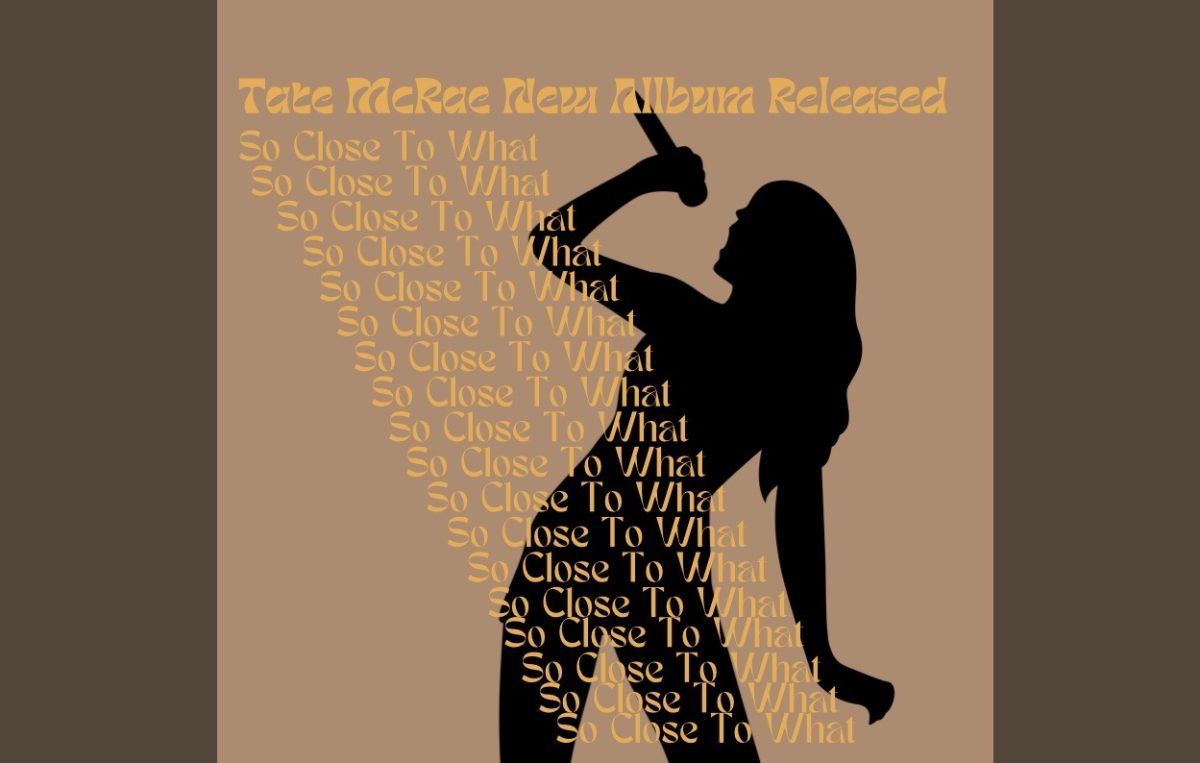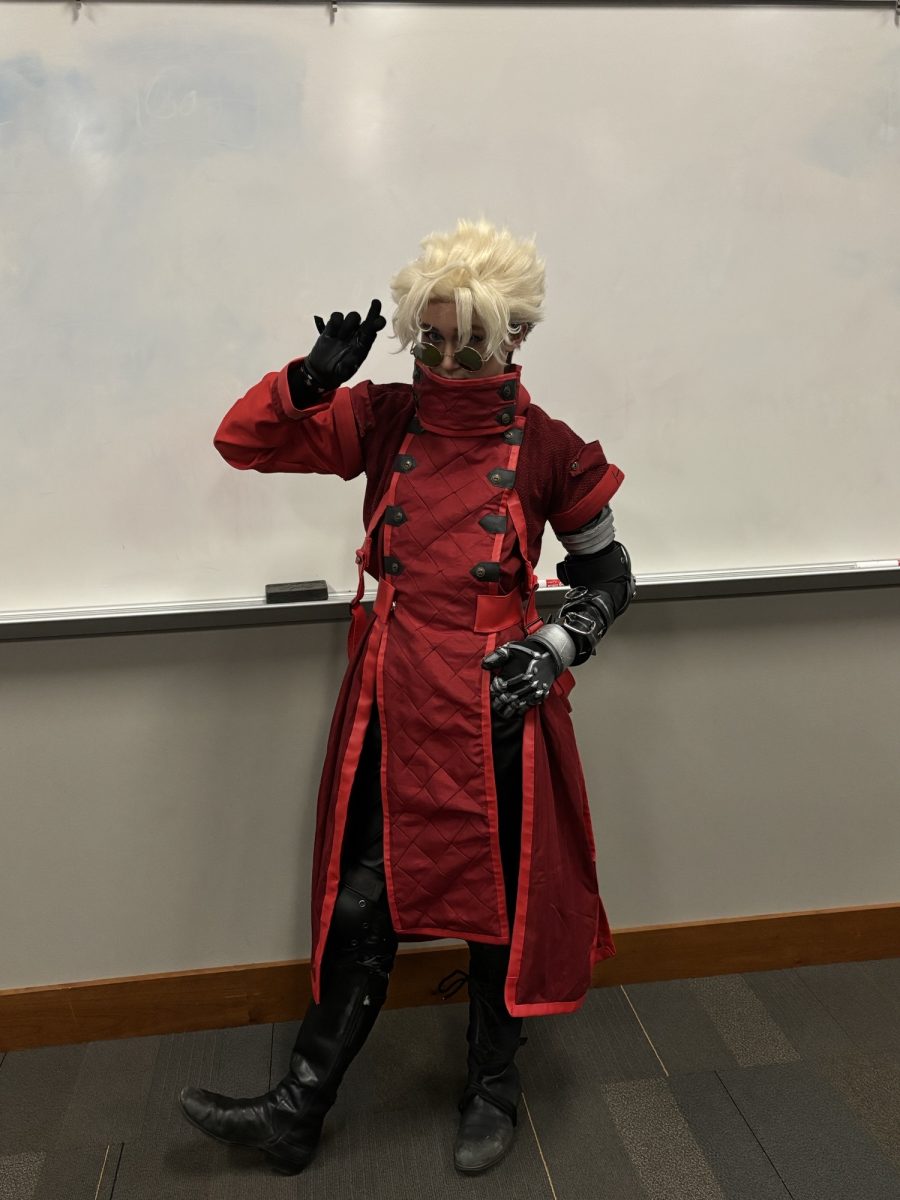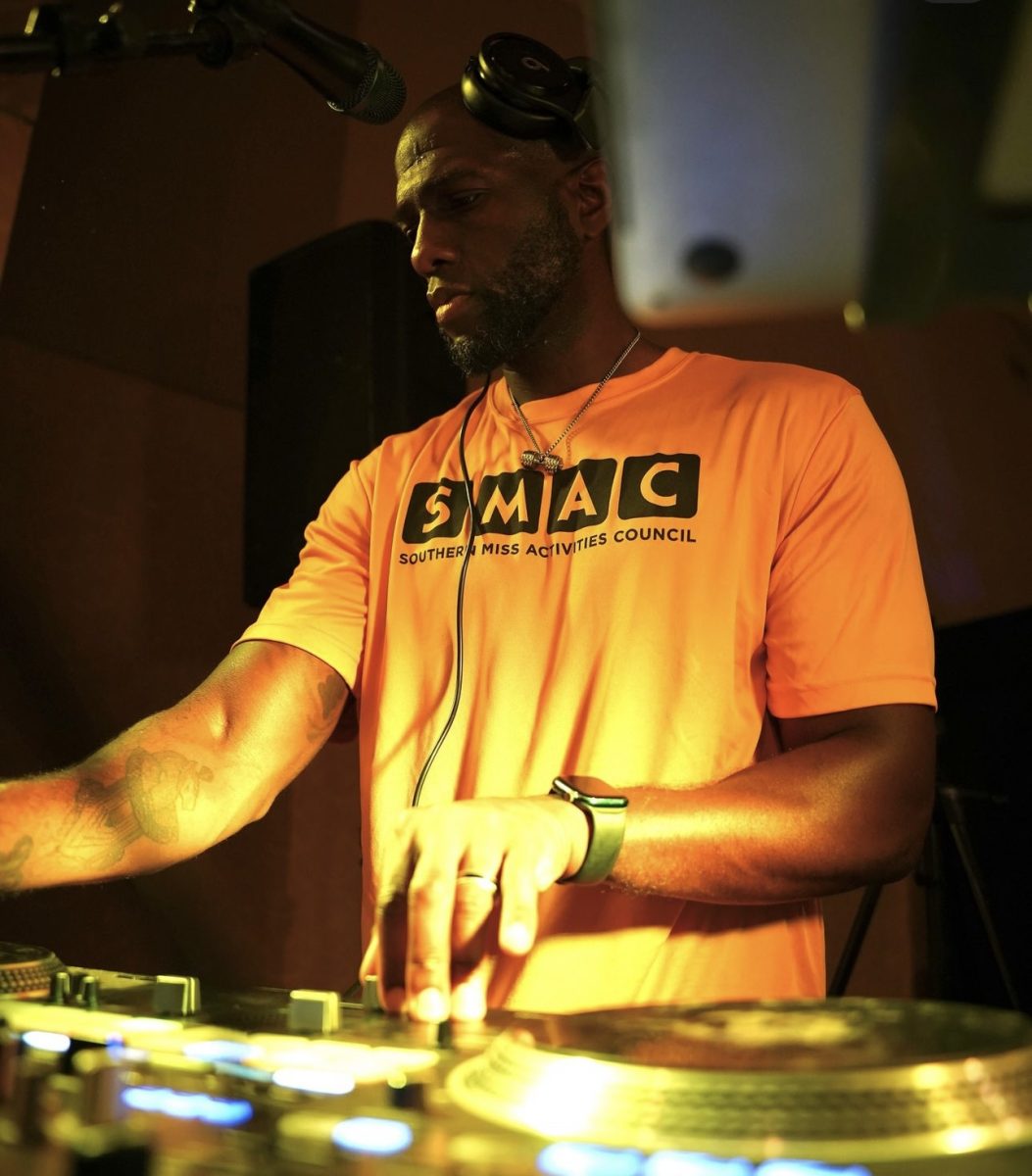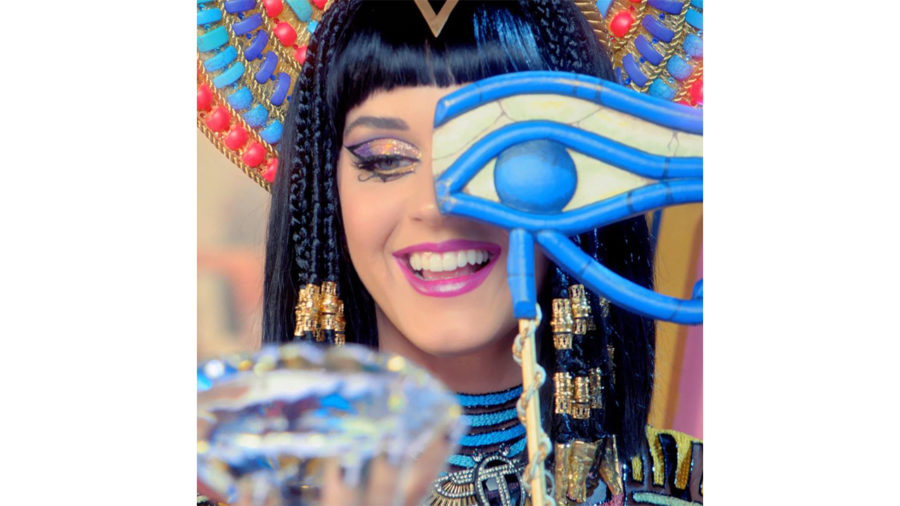As October is ending, I can’t help but wish that I had written this article sooner, because by the time most of you read this, you will have engaged in an ignorant act: cultural appropriation.
According to Susan Scafidi, lawmaker at Fordham University, cultural appropriation is the taking of intellectual property, traditional knowledge or cultural expressions or artifacts from a minority group that has been oppressed or exploited.
By now you will have gone to a Halloween party dressed as a “sexy Indian” with a DIY Native American outfit and Pinterest-inspired headdress, your favorite rapper in blackface sporting gold chains and maybe a few escorts with “Khloe cornrows” and butt-padded booties that will be used to (attempt to) twerk or maybe even a sombrero-wearing, maraca-bearing Mexican in all your I-love-Mexican-food-and-Cinco-de- Mayo glory.
It’s all in good fun – for you at least – but for the cultures being appropriated, it’s simply insulting.
Moreover, cultural appropriation is an everyday occurrence. Unfortunately, some of our favorite artists have normalized the distasteful act through performances.
Selena Gomez wore a bindi, Katy Perry wore a kimono, Lady Gaga wore a burqa and Iggy Azalea used a blaccent. The examples are endless. The problem with these costumes and actions is that they show the artists’ ignorance of the culture they are representing.
Gomez was criticized by the Universal Society of Hinduism for using the bindi (a spiritual symbol) as a decorative prop. Perry’s portrayal of a geisha further perpetuated the stereotype of Asian women being timid and subservient. Gaga sexualized the Muslim burqa, which symbolizes modesty. Lastly, people got fed up with Azalea’s obviously- fake accent mimicking black dialect – oh, and the fact that she once rapped about being a slave master, but that’s a story for another day.
Nonetheless, even when the appropriator is confronted, they are often praised for starting a trend for which other cultures would be criticized.
In July of 2015, Kylie Jenner posted a picture of herself with cornrows on Instagram. Amandla Stenberg (also known as Rue from “The Hunger Games”) criticized Kylie for appropriating black culture, commenting, “When u appropriate black features and culture but fail to use ur position of power to help black Americans by directing attention towards ur wigs instead of police brutality or racism #whitegirlsdoitbetter.”
To no one’s surprise, millions of Jenner’s supporters rose to defend Jenner, including Justin Bieber, who commented, ”[Instead] of fighting over something stupid lets do something about equality, but it doesn’t start here blasting a 17-year- old kid for wearing braids smh.”
So basically, Kylie is too young to be educated about cultural appropriation but is old enough to date a 26-year-old rapper with a child. Oh, Justin, what do you mean? Sure, a hairstyle is just a hairstyle at the end of the day, but when white people use black culture as a fashion statement while black people get berated for their “ghetto” style, it’s not just a hairstyle anymore. It’s an example of a power imbalance.
Responses like Bieber’s stop minority groups from speaking out.
Think back to 2004. Remember when Gwen Stefani and her posse of four Harajuku girls were teaching you how spell B-A-N-A-N-A-S? Well while you were busy taking a spelling lesson, Gwen was driving the Japanese community bananas for using the Harajuku girls as props and naming them like they were her pets.
On this controversy, comedian Margaret Cho said, “I want to like them, and I want to think they are great,but I am not sure if I can.I mean, racial stereotypes are really cute sometimes, and I don’t want to bum everyone out by pointing out the minstrel show.”
Stefani and the many artists who followed her have made caricatures of the cultures they borrow from, failing to consider those cultures’ responses.
Despite some stubbornness, people aren’t giving up on educating others on cultural appropriation.
White artist Roger Peet addressed the tricky topic in his series of prints titled “In//Appropriate” at Littman Gallery in Portland. In the gallery, Peet printed large banners of examples of cultural appropriation, included Miley Cyrus twerking, a hipster wearing a Native American headdress and even Elvis Presley dancing.
Behind each appropriator was a violent red image. Behind Miley stood the Ferguson police. Behind the hipster was a mountain of buffalo skulls. And behind the King of Rock ‘n’ Roll was a policeman with a baton in hand. Guests had the opportunity to avoid the violent background images with Peet’s “Whiteness Goggles.”
“When you put on the Whiteness Goggles, the colonial, military and police violence that underpins casual cultural consumption literally disappears,” Peet said.
By using his platform as a white artist, Peet was able to make white audiences consider cultural appropriation in the context of the history of violence. Without that red backdrop of history, acts of cultural appropriation may not seem hurtful.
We all know how tempting it is to wear things of other cultures as costumes, but we must set our temptations aside to respect other cultures. I think the Native American tribe Turtle Mountain Chippewa put it best when they said, ”When people know of us only as a ‘costume,’ they stop thinking of us as people, and this is incredibly dangerous, because every day we fight for the basic human right to live our own lives without outsiders defining our identities.”
In a time when Native Americans especially are fighting to be acknowledged as their respective tribes, spectacles like DIY “sexy Indian costumes” that put all native people in one massive clump are unacceptable, as are more serious acts of erasure like the Dakota Access Pipeline, which could potentially destroy sacred burial and prayer sites and culturally significant artifacts.
We have to be more considerate – not just of Native American culture but of all minority cultures.
I’m not saying that we can never partake in another culture’s things, but we must consider the context of that culture and what our costume actually represents.
Make Halloween and every other costume-themed social gathering easy for everyone involved by staying in your cultural lane and not using a culture as your costume.

